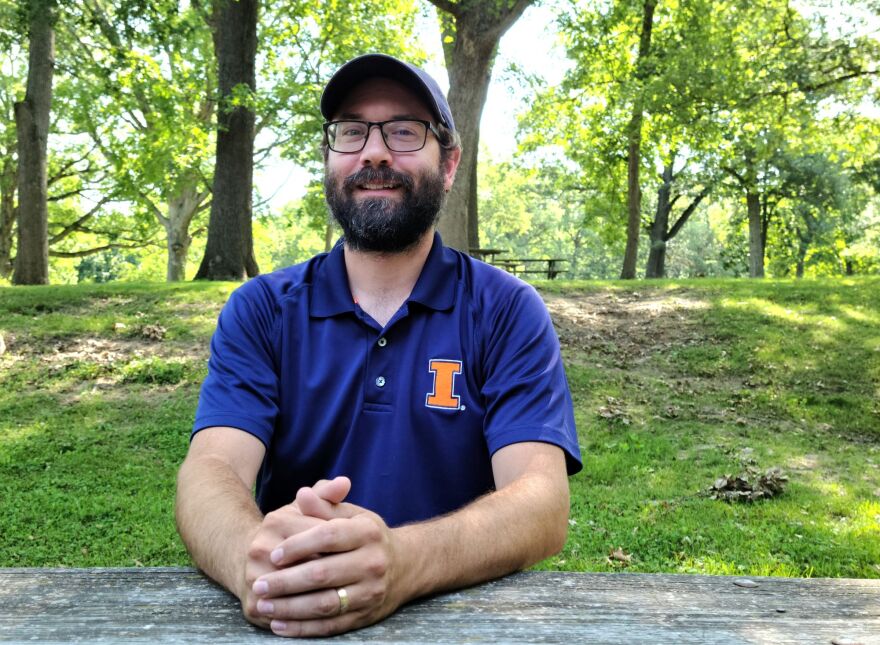Much of the major cleanup from the June 29 derecho has been completed. But a horticulture educator said a lot of little hazards might still exist.
“Driving around Macomb, I see a lot of limbs still hanging in trees, and portions of trees still hanging up in the canopies,” said Chris Enroth of the University of Illinois Extension office in Macomb.
“The industry term for (hanging limbs) is ‘widow maker’ because no one sees them. We often don’t look up into our tree canopies and it’s kind of this surprise when they fall.”
Enroth recommended hiring a professional to remove a loose limb if you cannot reach it yourself from the ground or if you’re uncomfortable attempting to remove it.
He emphasized the work should never be done from a ladder.
“Every time your feet have to leave the ground and you have some type of a saw in your hand, that is a very dangerous situation, especially when you’re cutting something that is going to be falling then in your general direction,” Enroth said.
He said many tree care companies have finished their big post-storm projects, so now is the time to get on their lists to deal with limbs still dangling in trees.

Enroth said preventative maintenance can help property owners minimize the damage from the next wind storm. He said the Extension recommends hiring a certified arborist to handle the task.
He said the Extension can recommend certified arborists in your area, or you can find one through a search on the Trees Are Good website. Anyone you hire to do tree work should be insured for property damage, liability, and workers’ compensation.
“Trimming trees is a dangerous job,” Enroth said.
Enroth said it’s not a matter of whether there will be another damaging wind storm – it’s a matter of when.
“Looking at some of the NOAA records and predictions for Illinois, we’re predicted to experience a derecho once a year now (somewhere in the state). We’re expecting to have more wind storms,” he said.
Enroth said the loss of trees during a wind storm provides an opportunity to plant new trees. Extension offices can offer advice on which ones are suited to this region. He said the Morton Arboretum in the Chicago area and other tree groups are doing research on how the list of suitable trees might be shifting due to climate change.
He said the most obvious example is with sugar maples, which like a colder climate. Sugar maples in southern Illinois are no longer producing much sap because it’s become too warm, and that same problem is starting to creep into central Illinois.
Tri States Public Radio produced this story. TSPR relies on financial support from our readers and listeners in order to provide coverage of the issues that matter to west central Illinois, southeast Iowa, and northeast Missouri. As someone who values the content created by TSPR's news department please consider making a financial contribution.



